1.做这件事的目的
语言只是工具,使用python训练图片数据,最终会得到.pth的训练文件,java有使用这个文件进行图片识别的工具,顺便整合,我觉得Neo4J正确率太低了,草莓都能识别成为苹果,而且速度慢,不能持续识别视频帧
2.什么是神经网络?(其实就是数学的排列组合最终得到统计结果的概率)
1.先把二维数组转为一维
2.通过公式得到节点个数和值
3…同2
4.通过节点得到概率(softmax归一化公式)
5.对比模型的和 差值=原始概率-目标结果概率
6.不断优化原来模型的概率
5.激活函数,激活某个节点的函数,可以引入非线性的(因为所有问题不可能是线性的比如 很少图片识别一定可以识别出绝对的正方形,他可能中间有一定弯曲或者线在中心短开了)
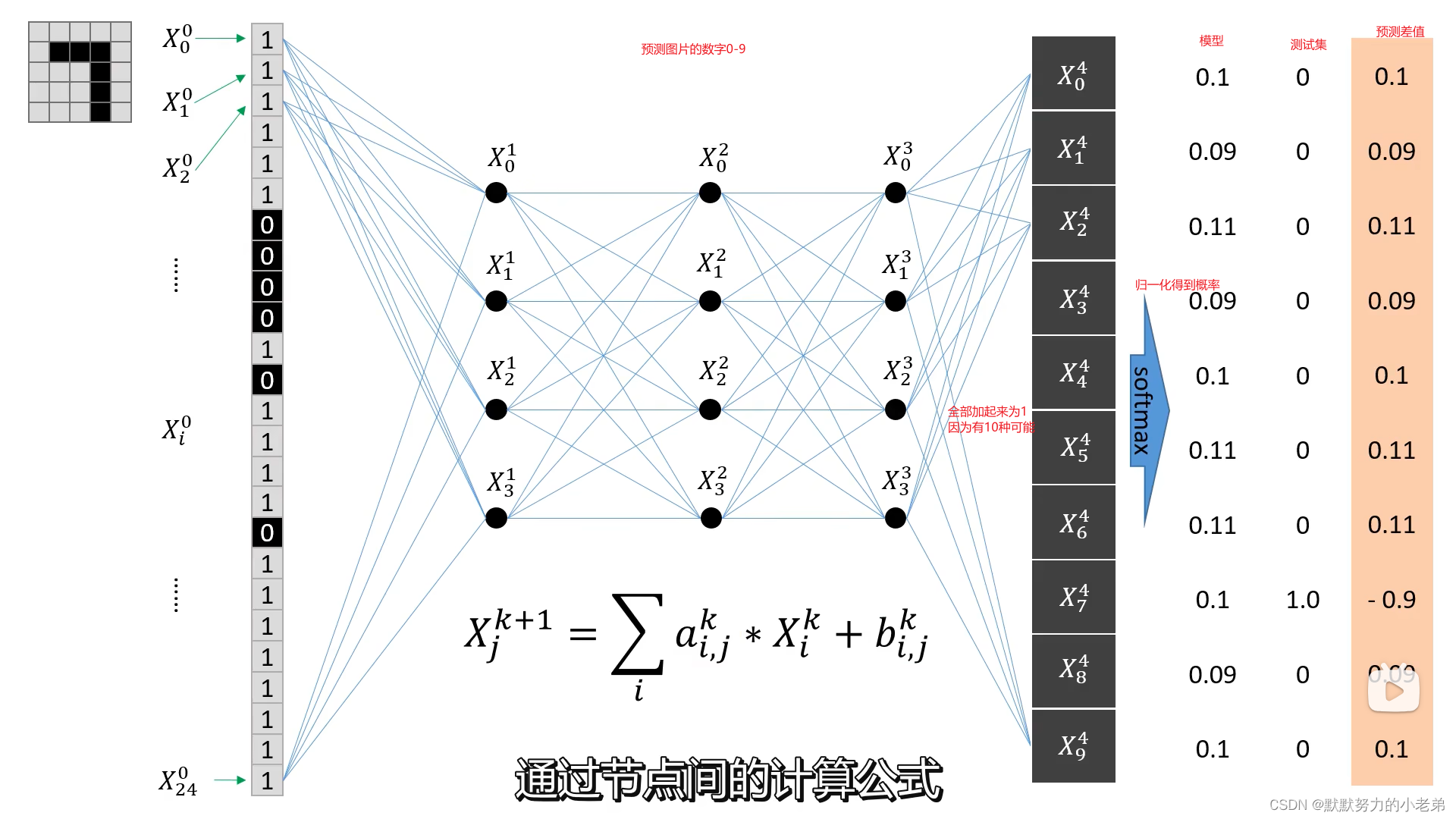
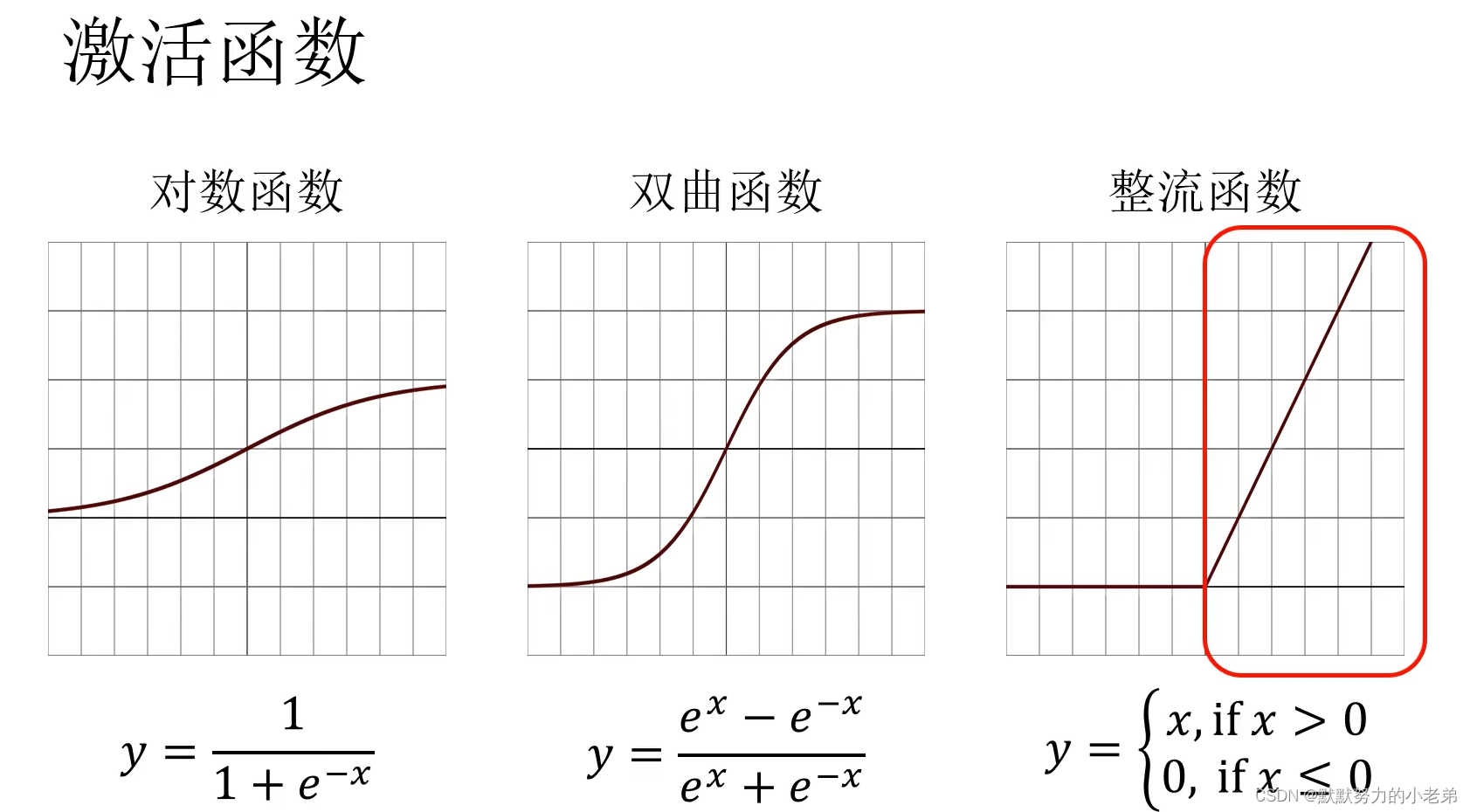
3.训练的代码
//环境python3.8 最好使用conda进行版本管理,不然每个版本都可能不兼容,到处碰壁
#安装依赖
pip install numpy torch torchvision matplotlib
#文件夹结构,图片一定要是28x28的
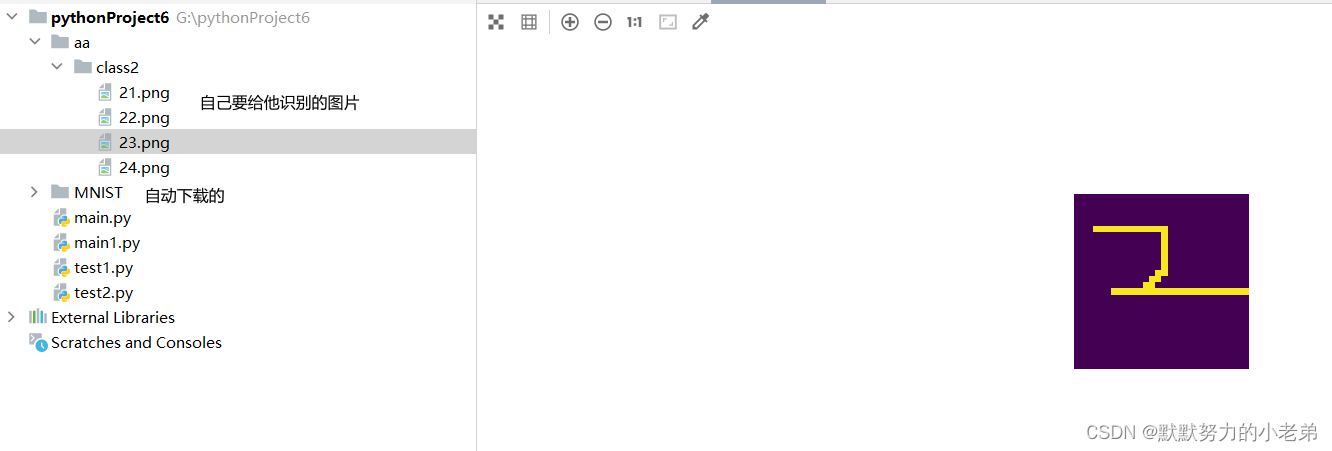
import torch
from torch.utils.data import DataLoader
from torchvision import transforms
from torchvision.datasets import MNIST
import matplotlib.pyplot as plt
from torchvision.datasets.folder import ImageFolder
class Net(torch.nn.Module):
def __init__(self):
super().__init__()
self.fc1 = torch.nn.Linear(28 * 28, 64)
self.fc2 = torch.nn.Linear(64, 64)
self.fc3 = torch.nn.Linear(64, 64)
self.fc4 = torch.nn.Linear(64, 10)
def forward(self, x):
x = torch.nn.functional.relu(self.fc1(x))
x = torch.nn.functional.relu(self.fc2(x))
x = torch.nn.functional.relu(self.fc3(x))
x = torch.nn.functional.log_softmax(self.fc4(x), dim=1)
return x
#导入数据
def get_data_loader(is_train):
#张量,多维数组
to_tensor = transforms.Compose([transforms.ToTensor()])
# 下载数据集 下载目录
data_set = MNIST("", is_train, transform=to_tensor, download=True)
#一个批次15张,顺序打乱
return DataLoader(data_set, batch_size=15, shuffle=True)
def get_image_loader(folder_path):
to_tensor = transforms.Compose([transforms.ToTensor()])
data_set = ImageFolder(folder_path, transform=to_tensor)
return DataLoader(data_set, batch_size=1)
#评估准确率
def evaluate(test_data, net):
n_correct = 0
n_total = 0
with torch.no_grad():
#按批次取数据
for (x, y) in test_data:
#计算神经网络预测值
outputs = net.forward(x.view(-1, 28 * 28))
for i, output in enumerate(outputs):
#比较预测结果和测试集结果
if torch.argmax(output) == y[i]:
#统计正确预测结果数
n_correct += 1
#统计全部预测结果
n_total += 1
#返回准确率=正确/全部的
return n_correct / n_total
def main():
#加载训练集
train_data = get_data_loader(is_train=True)
#加载测试集
test_data = get_data_loader(is_train=False)
#初始化神经网络
net = Net()
#打印测试网络的准确率 0.1
print("initial accuracy:", evaluate(test_data, net))
#训练神经网络
optimizer = torch.optim.Adam(net.parameters(), lr=0.001)
#重复利用数据集 2次
for epoch in range(100):
for (x, y) in train_data:
#初始化 固定写法
net.zero_grad()
#正向传播
output = net.forward(x.view(-1, 28 * 28))
#计算差值
loss = torch.nn.functional.nll_loss(output, y)
#反向误差传播
loss.backward()
#优化网络参数
optimizer.step()
print("epoch", epoch, "accuracy:", evaluate(test_data, net))
# #使用3张图片进行预测
# for (n, (x, _)) in enumerate(test_data):
# if n > 3:
# break
# predict = torch.argmax(net.forward(x[0].view(-1, 28 * 28)))
# plt.figure(n)
# plt.imshow(x[0].view(28, 28))
# plt.title("prediction: " + str(int(predict)))
# plt.show()
image_loader = get_image_loader("aa")
for (n, (x, _)) in enumerate(image_loader):
if n > 2:
break
predict = torch.argmax(net.forward(x.view(-1, 28 * 28)))
plt.figure(n)
plt.imshow(x[0].permute(1, 2, 0))
plt.title("prediction: " + str(int(predict)))
plt.show()
if __name__ == "__main__":
main()
#运行结果 弹框出现图片和识别结果
4.测试电脑的cuda是否安装成功,不成功不能运行下面的代码
import torch
device = torch.device('cuda' if torch.cuda.is_available() else 'cpu')
print('Using device:', device)
print('CUDA version:', torch.version.cuda)
print('PyTorch version:', torch.__version__)
5.在gpu上运行,需要去官网下载cuda安装
https://developer.nvidia.com/cuda-toolkit-archive
#并且需要安装和torch对应的版本,我的电脑是1660ti的所以安装了10.2的cuda
#安装torchgpu版本
pip install torch==1.9.0+cu102 -f
https://download.pytorch.org/whl/cu102/torch_stable.html
import torch
from torch.utils.data import DataLoader
from torchvision import transforms
from torchvision.datasets import MNIST
import matplotlib.pyplot as plt
from torchvision.datasets.folder import ImageFolder
device = torch.device("cuda" if torch.cuda.is_available() else "cpu")
class Net(torch.nn.Module):
def __init__(self):
super().__init__()
self.fc1 = torch.nn.Linear(28 * 28, 64)
self.fc2 = torch.nn.Linear(64, 64)
self.fc3 = torch.nn.Linear(64, 64)
self.fc4 = torch.nn.Linear(64, 10)
def forward(self, x):
x = torch.nn.functional.relu(self.fc1(x))
x = torch.nn.functional.relu(self.fc2(x))
x = torch.nn.functional.relu(self.fc3(x))
x = torch.nn.functional.log_softmax(self.fc4(x), dim=1)
return x
def get_data_loader(is_train):
to_tensor = transforms.Compose([transforms.ToTensor()])
data_set = MNIST("", is_train, transform=to_tensor, download=True)
return DataLoader(data_set, batch_size=15, shuffle=True)
def get_image_loader(folder_path):
to_tensor = transforms.Compose([transforms.ToTensor()])
data_set = ImageFolder(folder_path, transform=to_tensor)
return DataLoader(data_set, batch_size=1)
def evaluate(test_data, net):
n_correct = 0
n_total = 0
with torch.no_grad():
for (x, y) in test_data:
x, y = x.to(device), y.to(device)
outputs = net.forward(x.view(-1, 28 * 28))
for i, output in enumerate(outputs):
if torch.argmax(output.cpu()) == y[i].cpu():
n_correct += 1
n_total += 1
return n_correct / n_total
def main():
train_data = get_data_loader(is_train=True)
test_data = get_data_loader(is_train=False)
net = Net().to(device)
print("initial accuracy:", evaluate(test_data, net))
optimizer = torch.optim.Adam(net.parameters(), lr=0.001)
for epoch in range(100):
for (x, y) in train_data:
x, y = x.to(device), y.to(device)
net.zero_grad()
output = net.forward(x.view(-1, 28 * 28))
loss = torch.nn.functional.nll_loss(output, y)
loss.backward()
optimizer.step()
print("epoch", epoch, "accuracy:", evaluate(test_data, net))
image_loader = get_image_loader("aa")
for (n, (x, _)) in enumerate(image_loader):
if n > 2:
break
x = x.to(device)
predict = torch.argmax(net.forward(x.view(-1, 28 * 28)).cpu())
plt.figure(n)
plt.imshow(x[0].permute(1, 2, 0).cpu())
plt.title("prediction: " + str(int(predict)))
plt.show()
if __name__ == "__main__":
main()
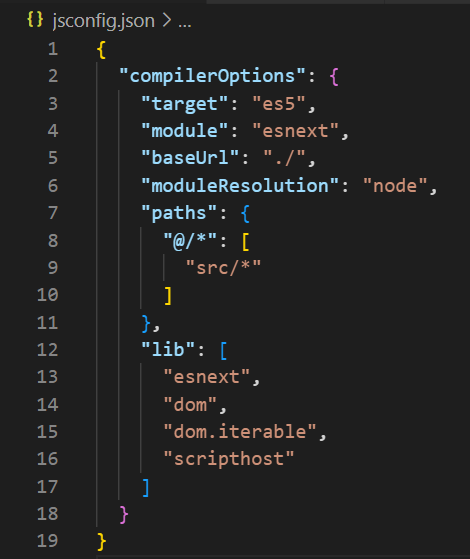

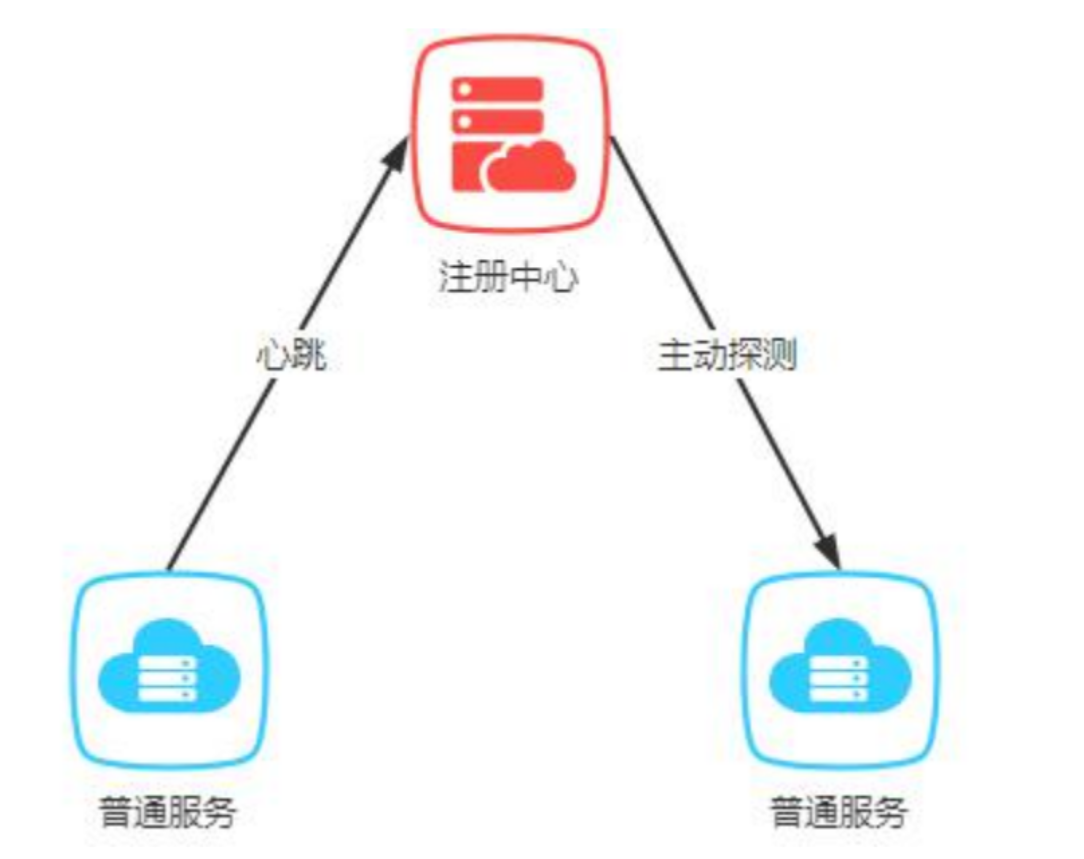
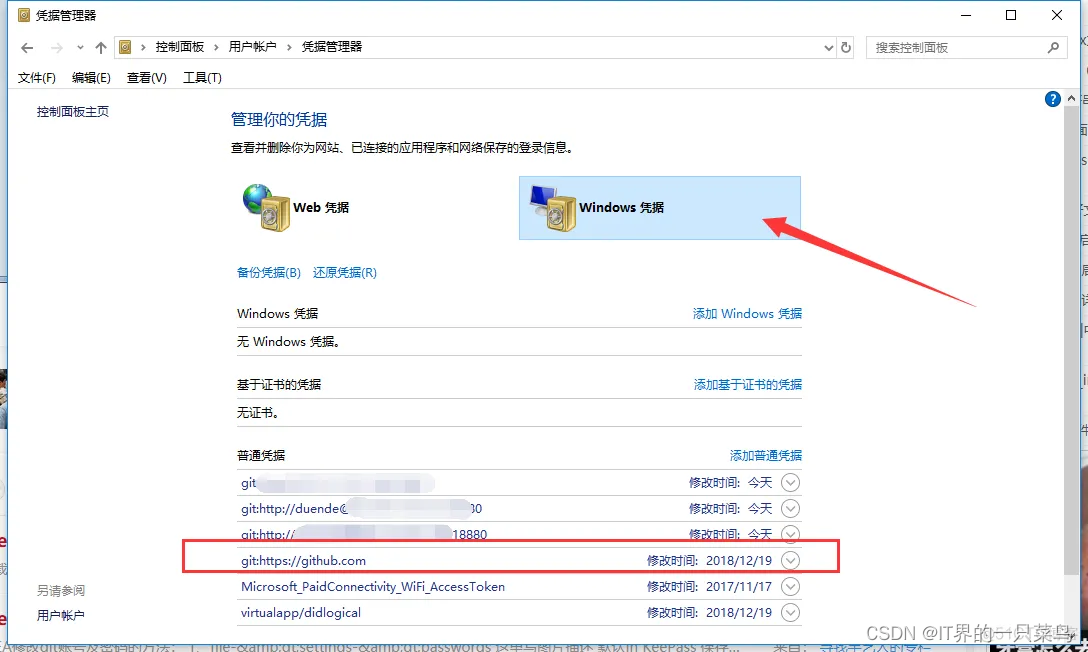
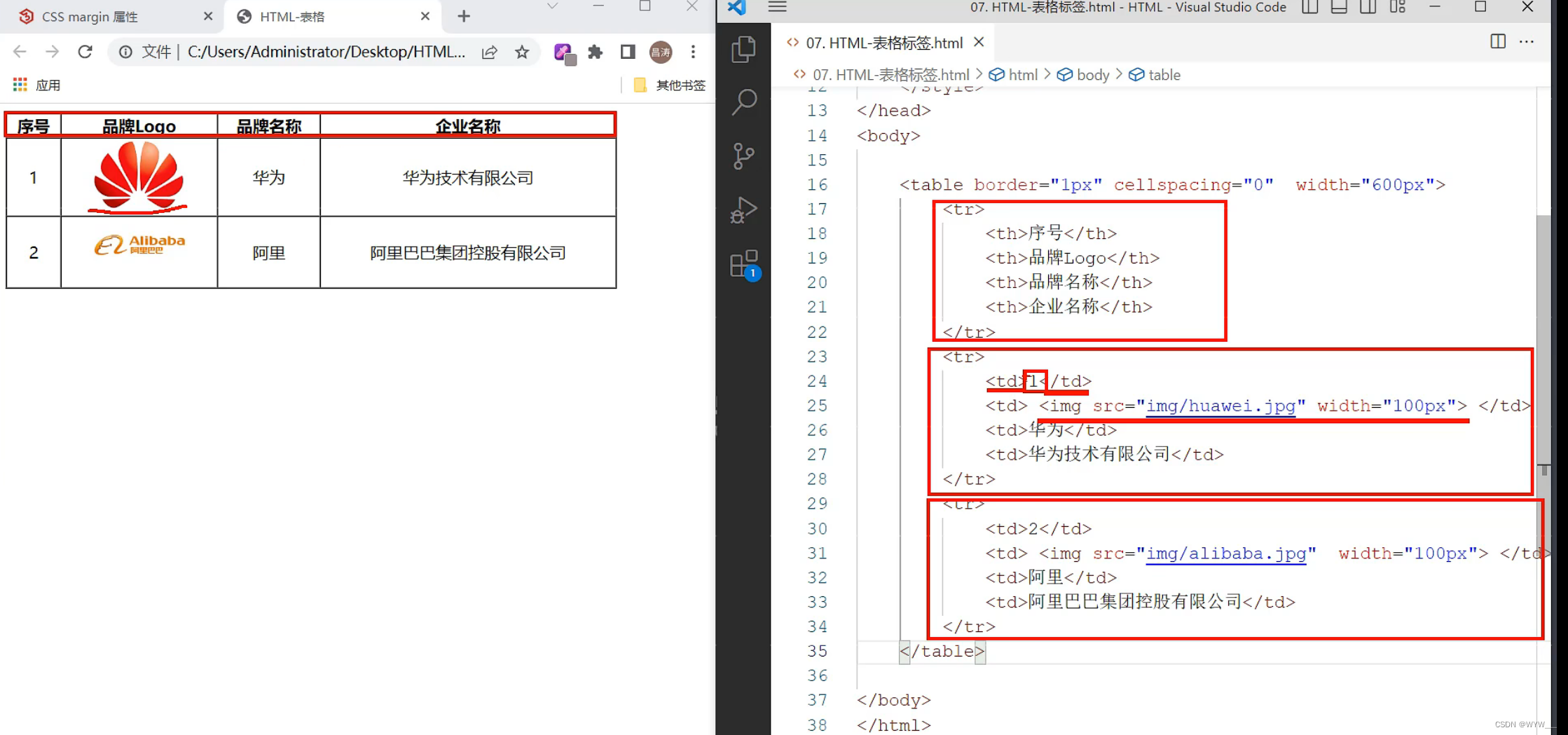
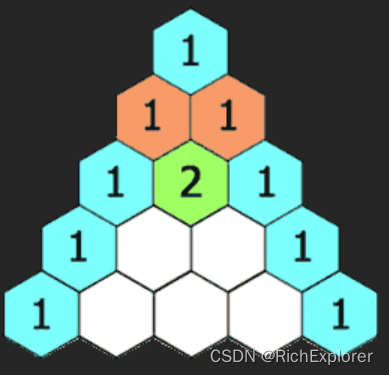
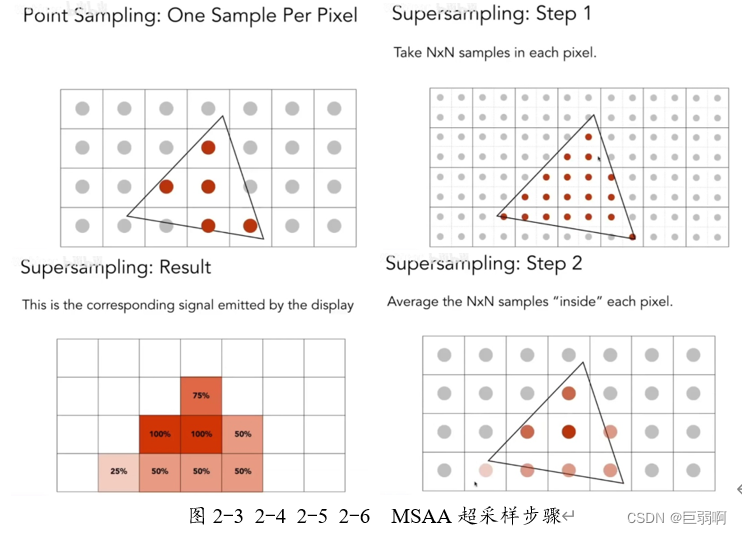


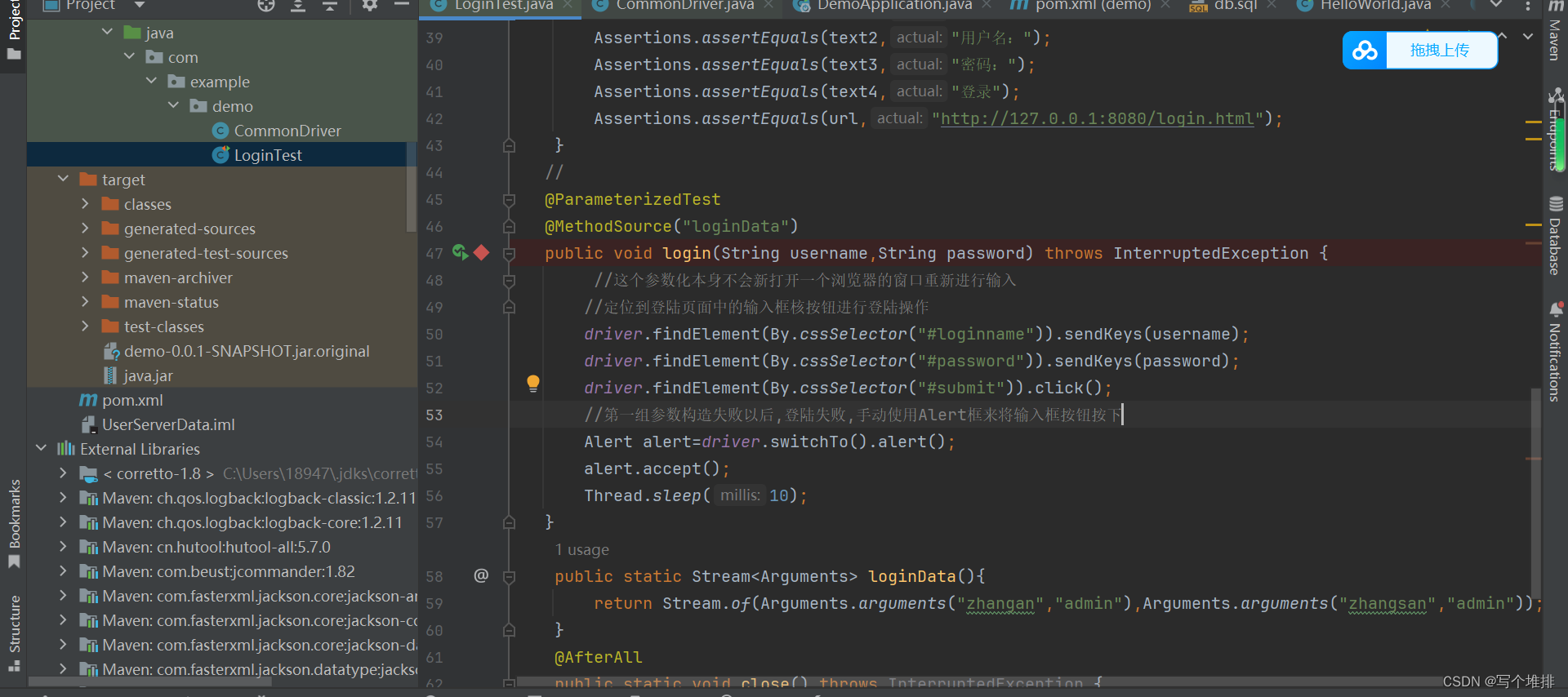
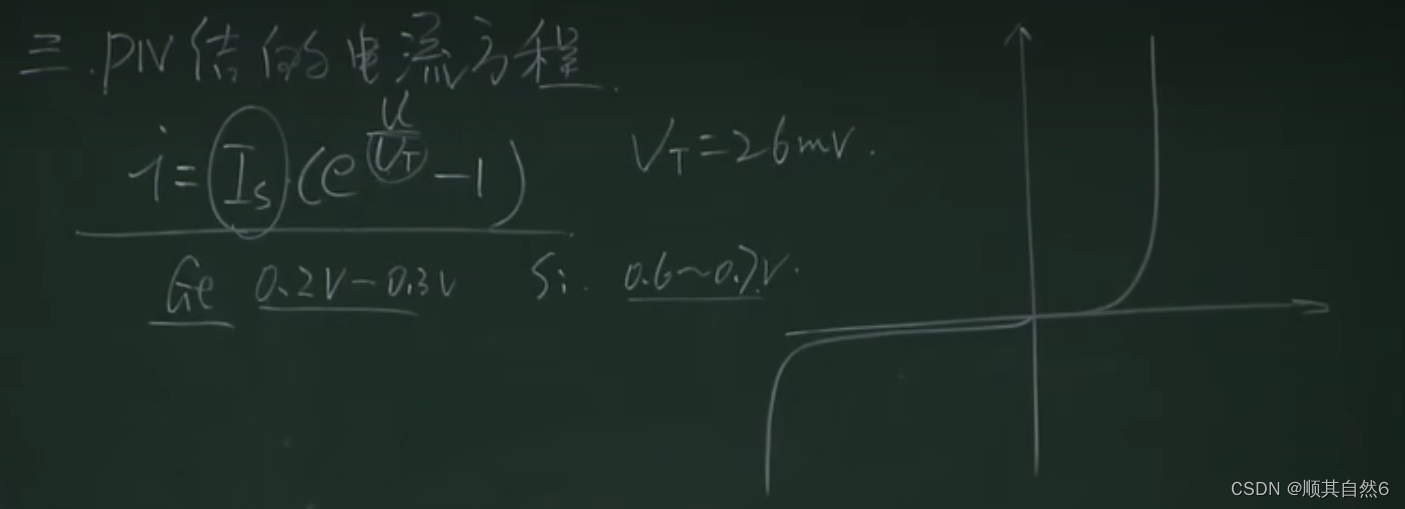

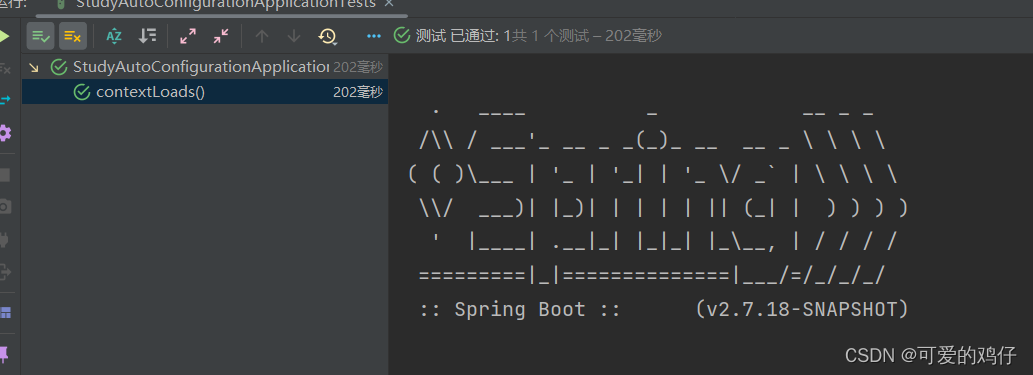


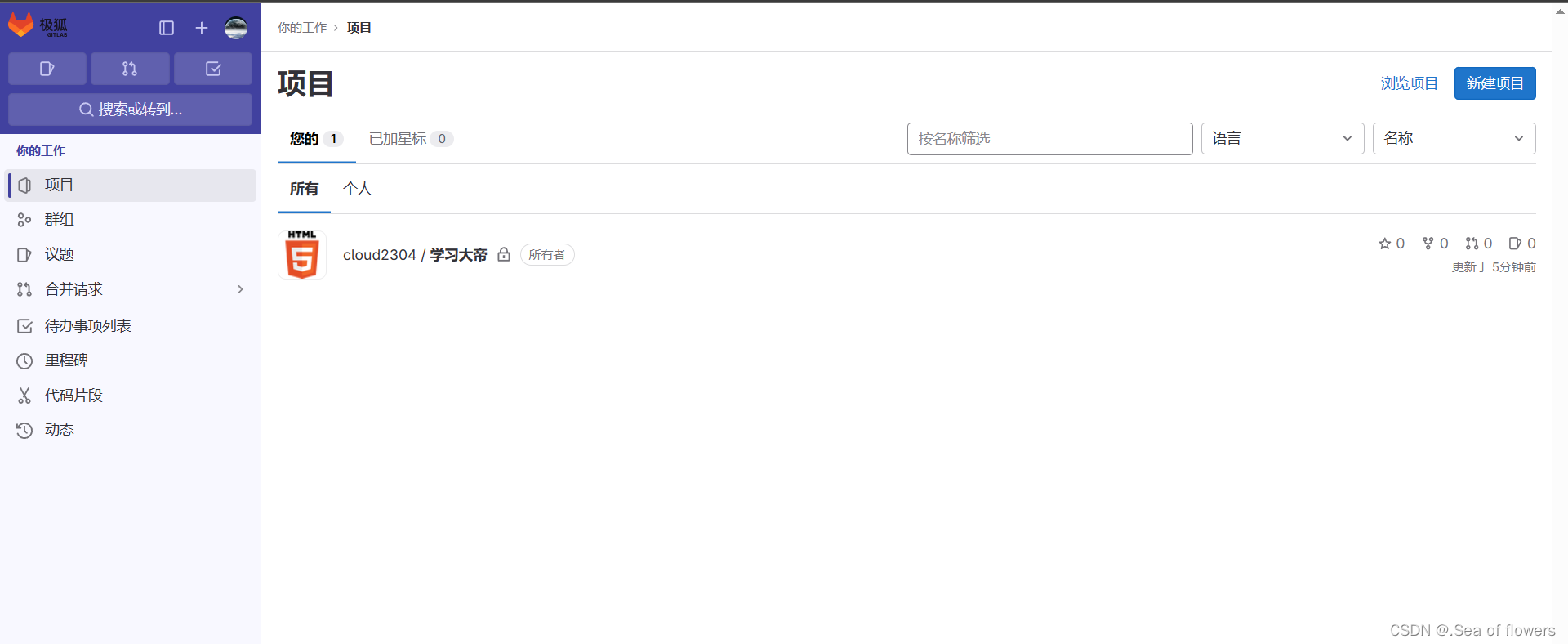
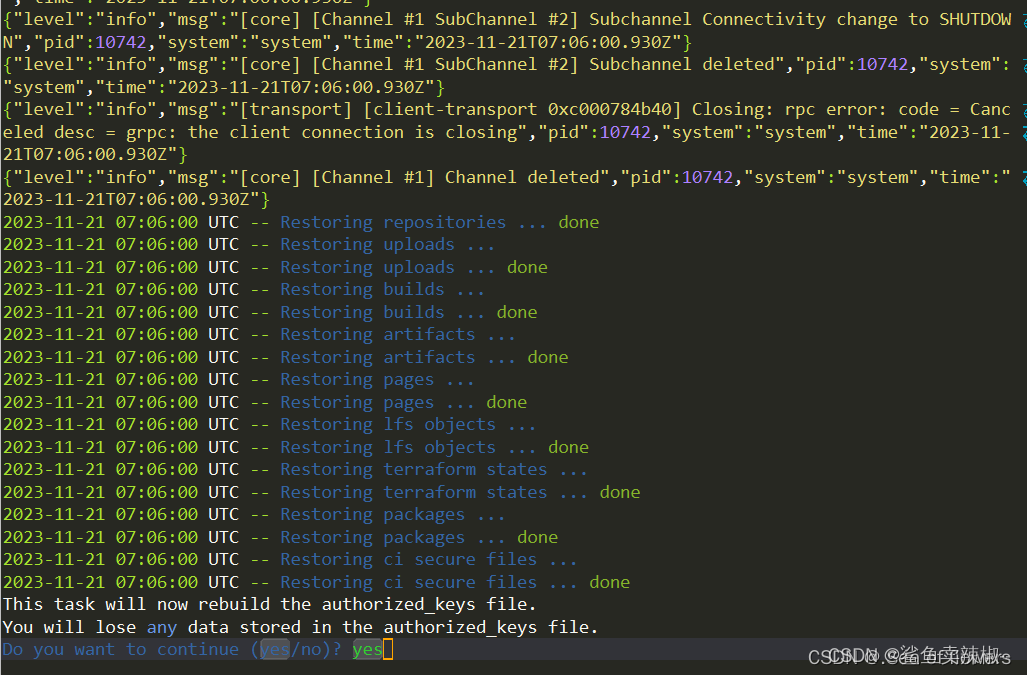

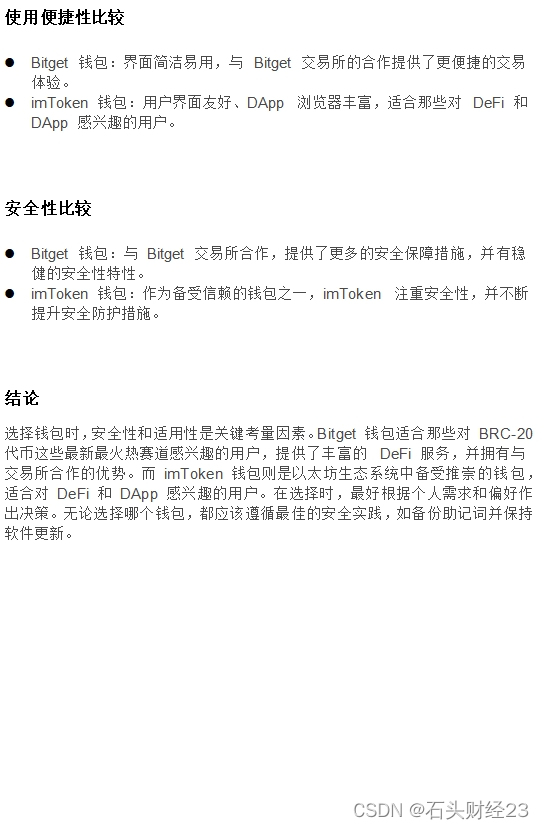
![[Docker]八.Docker 容器跨主机通讯](https://img-blog.csdnimg.cn/c0b6d670e6c3491a85cecad1b3a3f593.png)